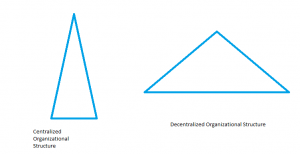The council of Ontario Universities recently stated that 46% of students in post-secondary education wish to start their own business following graduation. This percentage spans across a variety of people in different faculties all of which have the idea of entrepreneurship idolized in their minds. But how many of those people will actually implement their ideas and start their own businesses?
Cole Nakatani, co-founder of IdeaHack, brought up an interesting question in a recent presentation that helps to answer this; “What defines an entrepreneur?” If the 46% of students knew that 75% of start-ups fail in their first year would the still believe in their ideas? If the person was truly an entrepreneur, they would. Entrepreneurship is all about believing in your project and implementing a plan in order to make that happen. Cole Nakatani is just one of the vast amounts of people who were able to use what they learnt at a post-secondary level and apply it to everyday situations.
Seeing Sauder alumni achieve the success in their lives shows just how attainable these ideals can be. It not only shows that the concepts and ideas discussed in school have a direct connection to the world outside of post-secondary but also that with the right frame of mind and devotion fueling an entrepreneurial goal is possible.




Recent Comments